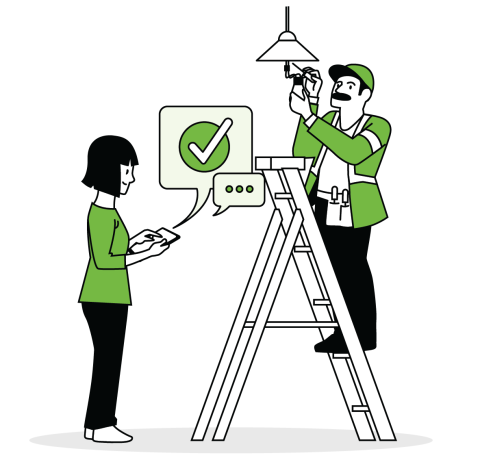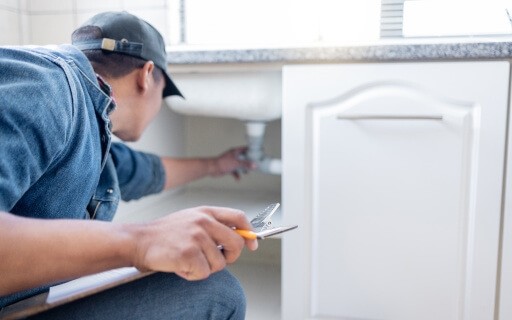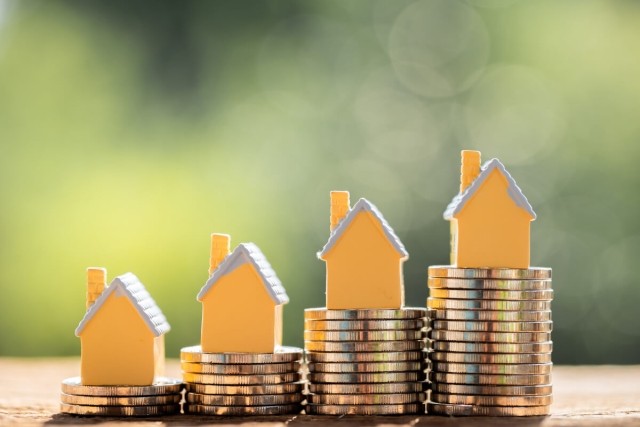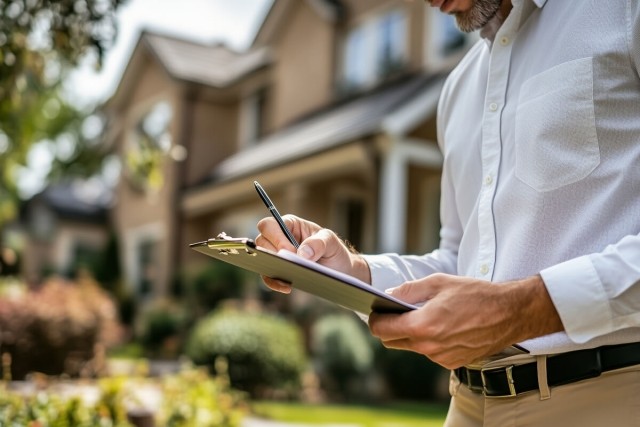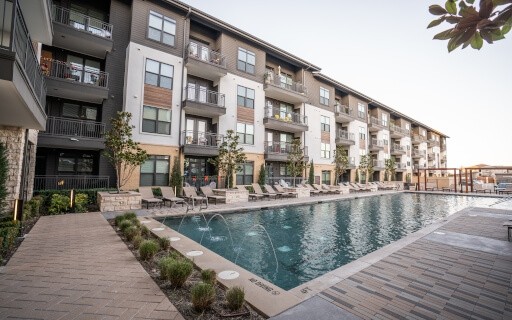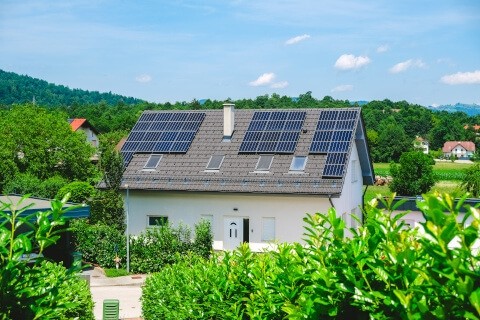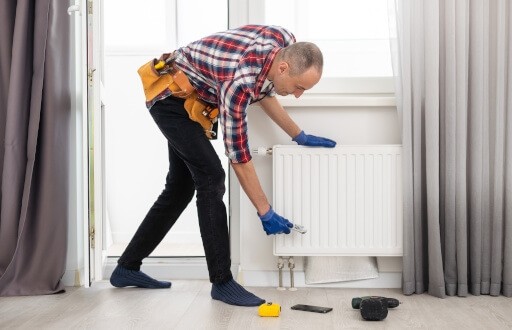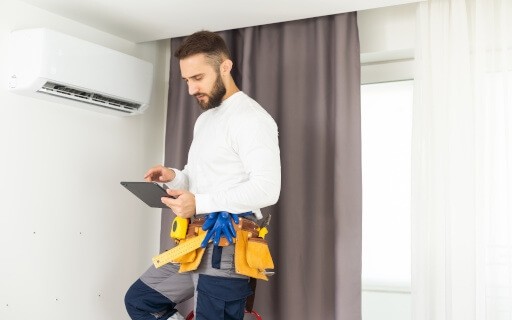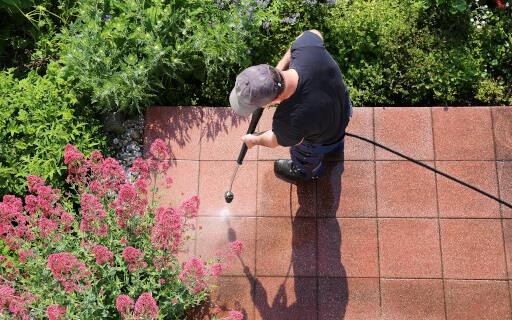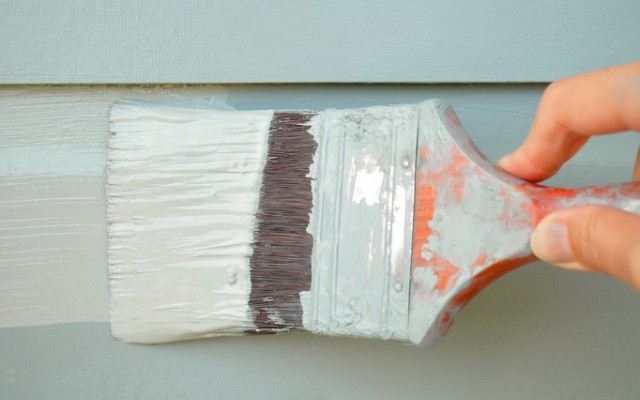Maintaining a safe and well-kept property is one of the most important responsibilities a landlord can undertake. Tenant safety responsibilities go beyond merely fixing a leaky faucet or tightening loose screws. Ensuring tenant safety means complying with housing regulations, conducting routine inspections, and making timely repairs.
This landlord's guide provides actionable insights and practical property safety tips to help you meet your obligations while creating a safe and comfortable living environment for your tenants.
Know your legal responsibilities
Make use of available resources
Know Your Legal Responsibilities
Understanding your legal responsibilities as a landlord is a critical part of maintaining a safe and habitable property. Laws and regulations can vary by location, but they all share a common goal: ensuring the safety and well-being of tenants. Landlords are required to keep their properties in good condition, addressing structural integrity, plumbing, electrical systems, and other essential features. By adhering to these regulations, you not only protect your tenants but also shield yourself from potential legal issues.
Proactively staying informed about changes in property maintenance laws is essential for landlords who want to remain compliant. Regularly reviewing state and local housing requirements and consulting with legal professionals can help you stay ahead of the curve. Remember, ignorance of the law is not a valid defense against a violation. By understanding and fulfilling your legal obligations, you can create a safe environment for your tenants while safeguarding your property and reputation.
Maintain Safety Awareness
Inspect and maintain the exterior of your property
The exterior of your property is the first line of defense against potential hazards. Regularly inspect the roof, gutters, and walls for signs of wear and tear, as these can lead to water damage or structural issues. Outdoor spaces, such as walkways and stairs, should be free from major cracks, weed overgrowth, and unsteady handrails to prevent accidents. By keeping the exterior maintained, you can create a safe environment while preserving the value of your property.
Ensure critical systems are functioning properly
Inside the property, critical systems such as plumbing, electrical wiring, and heating or cooling units require consistent maintenance. Faulty plumbing can lead to leaks, water damage, or mold growth, while malfunctioning electrical systems pose a fire risk. Ensuring that these systems are in good working order is one of the most important property safety tips. Additionally, appliances should be regularly inspected to ensure they are functioning properly and safely.
Regularly test and update safety devices
Maintaining safety devices in rental properties is a fundamental responsibility to ensure tenant safety and compliance with local regulations. Regular inspections of smoke detectors, carbon monoxide alarms, and fire extinguishers are essential to confirm their functionality.
These devices play a pivotal role in early detection of potential hazards, reducing the risk of injuries or property damage. You should routinely test these devices, replace batteries as needed, and promptly replace any equipment that is outdated or malfunctioning. Neglecting this maintenance not only endangers tenants but can also lead to costly liabilities.
Make Use of Available Resources
Keep a checklist
An inspection checklist can help you stay organized and ensure repairs are not falling through the cracks. By using a checklist, you can systematically address preventive maintenance tasks, helping to identify and resolve potential issues before they escalate into costly repairs.
From inspecting HVAC systems to testing smoke detectors and monitoring plumbing, a checklist helps to ensure no stone is left unturned. It simplifies day-to-day operations, provides a professionally documented maintenance history, and supports overall organization of your rental management efforts.
A pro tip: Using a calendar, whether it be digital or paper, can help you keep track of how often you are conducting inspections. If you use a digital calendar, you can send yourself reminders of an upcoming inspection date.
Hire qualified contractors
A trusted contractor who is well-experienced brings the necessary skills and knowledge to complete repairs and maintenance efficiently and effectively, reducing the risk of mistakes or future problems. Properly licensed and insured professionals must comply with local regulations and codes, protecting landlords from potential legal issues that could arise. Additionally, qualified contractors often provide warranties or guarantees for their work, which can further provide you peace of mind.
Enlist the help of a property management company
Being a landlord is no small task. Keeping on top of everything may quickly become too much to handle. This is where a property management company can step in to provide invaluable support, handling everything from tenant relations and maintenance to legal compliance and property safety, allowing you to de-stress and focus on other priorities.
Ensuring tenant safety starts with properly maintaining the rental. A rental that is not maintained creates safety hazards that not only affect the tenant—they can also impact your bottom line via fines, increased repair costs, or the loss of your reputation as a landlord.
When tenants see timely repairs being made and safety concerns being addressed, they are more likely to report potential safety issues before they escalate. By maintaining a safe and well-cared-for property, landlords can create a community where tenants feel secure and are more likely to renew their leases, contributing to the property’s long-term success.
Frequently Asked Questions
How often should I inspect my rental property?
The timing and frequency of inspections can vary according to location. Check your state’s laws and regulations for details and possible restrictions.
What are my legal responsibilities for property maintenance?
You are responsible to ensure that the property is safe, habitable, and compliant with all current housing regulations. Consult with legal professionals in your area for specific guidance.
What should I do if a tenant reports a maintenance issue?
Respond promptly, assess the urgency of the issue, and arrange for repairs as needed. To maintain a good landlord-tenant relationship, keep the tenant in the loop on the status of any repairs. With Apartments.com rental tools, keeping track of tenant maintenance requests has never been easier!
How can I encourage my tenants to promptly report maintenance problems?
Outline the reporting process within the lease. For example, if you state in the lease that tenants are to contact you by text to report a maintenance concern, be sure to promptly acknowledge receipt of the text. Or, if you promised in the lease to respond within two hours, be sure to respond within two hours.
Nothing breaks down a positive landlord-tenant relationship faster than someone on either side failing to meet agreed-upon expectations. If you have proven to be a reliable landlord, a tenant is more likely to promptly notify you of issues in the early stages—before they grow into costly burdens that can affect your profitability.
